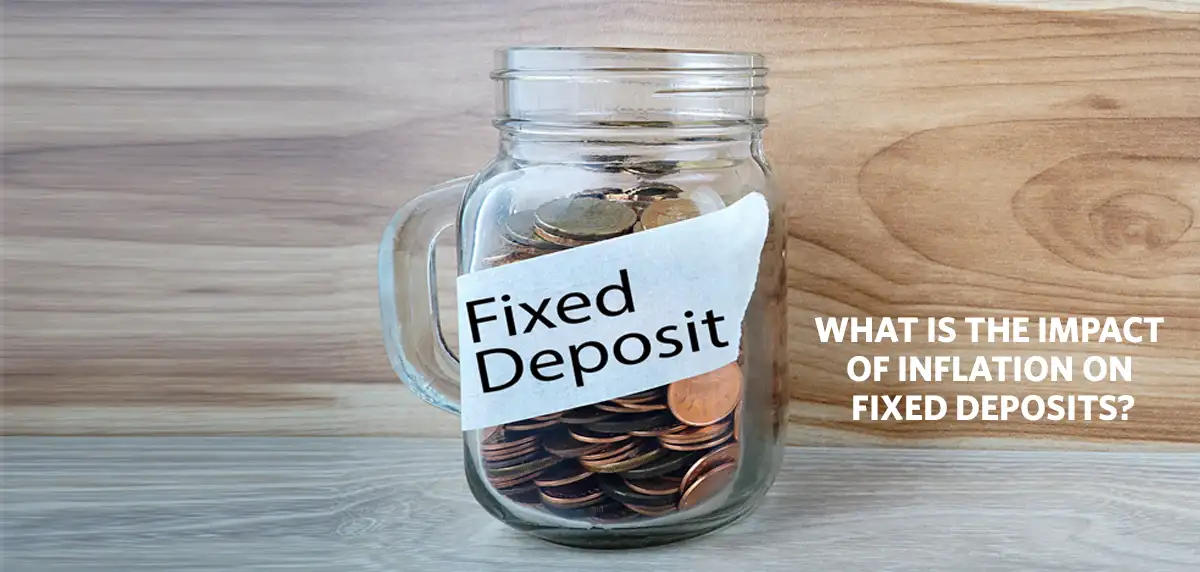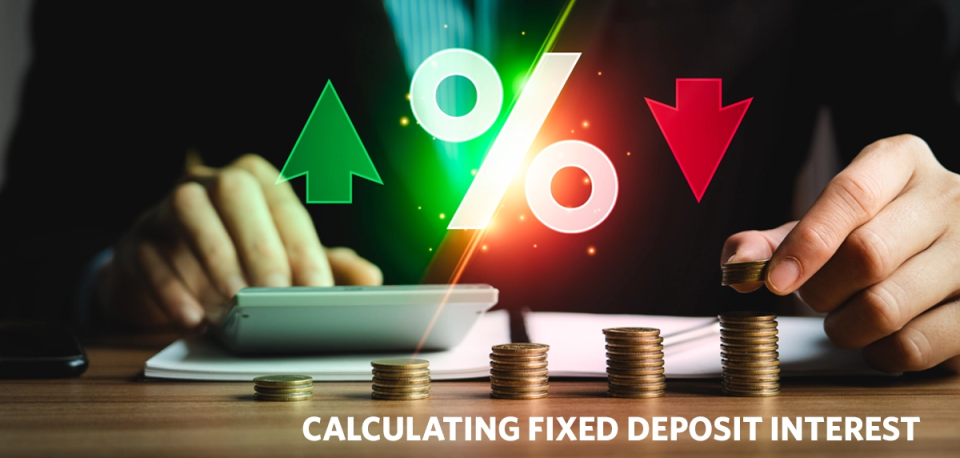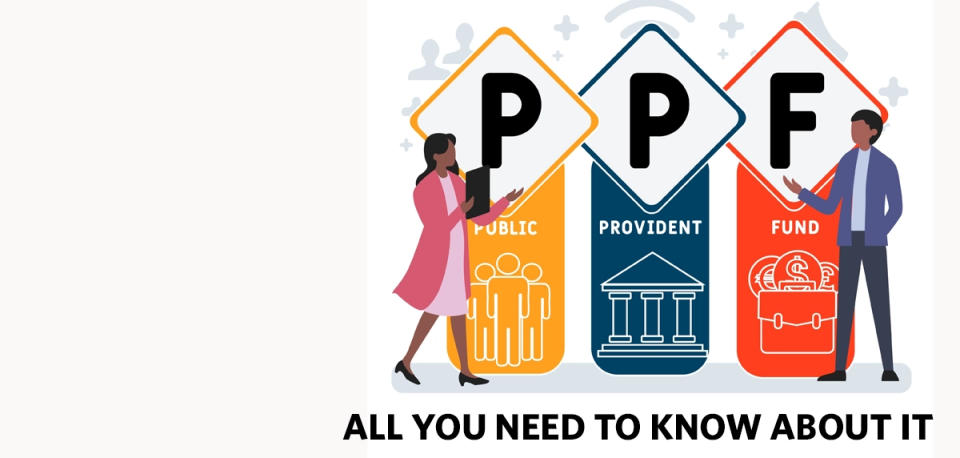A fixed deposit (FD) is a popular option if you are looking to secure fixed, predictable income. For those wondering what a fixed deposit is, it is a financial instrument wherein you lock in a sum of money for a fixed tenure at a predetermined interest rate. Many people prefer FDs for their safety and steady returns. However, FDs come with a hidden risk: inflation. The impact of inflation on fixed deposit returns can take away the real value of your money over time.
How Does Inflation Affect Your FD?
When inflation is high, the prices of goods and services rise over time. This means that the purchasing power of your money declines.
- To illustrate the impact of inflation on fixed deposit returns, you should subtract the inflation rate from the FD return rate.
Let’s say you have opened a fixed deposit for your child, which earns 7% interest. If inflation is 5%, your real gain is only about 2%. Your nominal interest may look fine, but in real terms, the benefit is much lower.
- Because of inflation, your fixed deposit’s interest might not keep pace with increasing costs. This effect is more severe for longer tenures, since the decline in purchasing power can accumulate over the years.
- Another complication is that when inflation is high, the central bank (Reserve Bank of India) may raise policy rates (e.g. repo rate). This pushes banks to increase their lending and deposit rates. But the increase may not be enough to beat inflation.
Inflation can reduce the real gains on your FD. However, there are some strategies you can consider, to deal with the situation.
What Should Be Your Investment Strategy During Inflation?
When inflation is on the high, putting all your money into an FD may not be the best investment plan.
Here are some strategies you may adopt:
Diversify your portfolio
In addition to FDs, add various asset classes like equities, real estate, commodities, or inflation-indexed bonds. This can help in offsetting the erosion caused by inflation.
Use staggered or laddered FDs
Invest in multiple FDs with different tenures rather than locking all funds in a single FD for a long time. Then, as the shorter FDs mature, you can re-invest them at a potentially higher rate if inflation and rates have risen.
Go for shorter tenures
During times of inflation, shorter-term FDs can be ideal. If rates go up, you can re-invest at better yields.
Prioritise high-interest FDs
Compare among banks for better deals. Make sure to look for post office fixed deposit interest rates and compare them with banks’ offerings. Sometimes, smaller banks or new issues may offer better rates to attract depositors.
Reassess risk tolerance
If you are comfortable, consider taking on moderate risk if you want real growth. Relying purely on fixed income may not create wealth over the long run, especially if inflation is on the rise.
In essence, creating the best investment plan during inflation does not mean abandoning FDs. Instead, one should combine safety with growth and flexibility.
How to Ensure Steady Returns on Your FD?
Even while inflation is volatile, you can take steps to maintain a reasonable return from FDs:
Step 1. Compare the types of fixed deposits
There are different types of fixed deposits, such as cumulative, non-cumulative, senior citizen FDs, and tax-saving FDs. A senior citizen FD, which is designed for those over 60 years of age, provides a slightly higher interest rate compared to regular FDs.
Step 2. Use a fixed deposit calculator
Before investing, use a fixed deposit calculator to understand the maturity amount and interest earned. Based on the estimated results, you can check how inflation might erode your returns. You may also simulate different interest rates or tenures. Similarly, when you renew or re-invest, use the fixed deposit calculator again to compare options.
Step 3. Maintain liquidity
Keep a portion of your funds in liquid or shorter-term instruments so you do not have to prematurely break FDs (which could lead to penalties).
A fixed deposit remains a safe instrument. However, the impact of inflation on fixed deposit returns means that real gains may be minimal if inflation is high. This is especially relevant for long tenures or for someone investing in a fixed deposit for a child, as the real value of the funds may shrink over a period. You can use the right strategies to minimise the harmful effects of inflation on your FD returns. By re-investing and adapting your approach to changing times, you can aim for the best investment plan that delivers steady returns even in inflationary times.





















